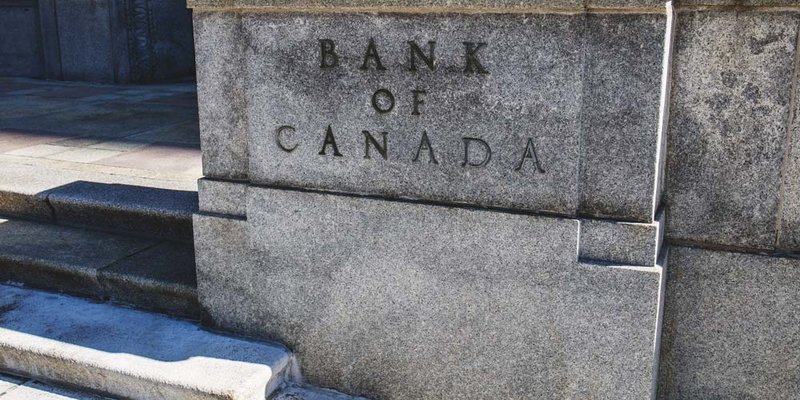
If you are not redirected within 30 seconds, please click here to continue.
Samedi: 10h – 16h HAE

If you are not redirected within 30 seconds, please click here to continue.
If you are not redirected within 30 seconds, please click here to continue.
Bank of Canada Holds Rates Steady Despite US Federal Reserve Cuts

Table of Contents
It may not have surprised most forecasters but the Bank of Canada held its key benchmark rate steady today at 1.75%. It’s the seventh rate meeting in a row where the rate didn’t change.
A minority of forecasters had predicted the Bank would cut rates after the U.S. Federal Reserve cut its rate for the first time in 10 years on August 21st. But a resilient domestic economy argued for leaving rates unchanged.
On that note, Statistics Canada’s latest GDP report showed the economy expanding at an annualized pace of 3.7% in the second quarter. That significantly overshot the Bank of Canada's projected 2.3%.
The Bank may be preparing for tougher times ahead, however. In its policy statement today, it said some of the strength seen earlier this year will likely be temporary. It predicted economic activity will slow in the second half of 2019.
If that were to happen the Bank could cut rates to stimulate the economy. But they may be holding that move in reserve until it’s clearly necessary.
The Bank again raised concerns about mounting global trade conflicts. Tariff wars, mainly between the U.S. and China, continue to threaten Canada’s economy. As an exporting nation, we rely on economic powerhouses like China and the U.S. to buy our goods.
“Canada's economy is operating close to potential and inflation is on target,” says the Bank. But "…escalating trade conflicts and related uncertainty are taking their toll on the global and Canadian economies."
As it stands, the Bank says the current level of policy stimulus remains appropriate. It will continue to monitor evolving international conditions ahead of its October 30th meeting.
In reference to next month’s rate decision and monetary policy report the BoC said, "As the bank works to update its projection in light of incoming data, governing council will pay particular attention to global developments and their impact on the outlook for Canadian growth and inflation."
After the announcement, Andrew Kelvin, Chief Canada Strategist at TD Securities, noted “the BoC statement is a little bit less dovish than markets had been set up for. The Bank is hitting all the same points it did in July. The global trade conflict is hurting global growth, but the key is that they did not materially change their forward-looking language, saying the current level of stimulus remains appropriate. They are playing this very close to the chest so that they keep all their options open. We're still looking for a rate cut in January 2020."
BMO Chief Economist Douglas Porter is leaning towards a rate cut in October. In a note sent to journalists, he said, “the [BoC’s] remarks are still in tune with our revised call of a 25-basis points rate trim at the October 30 meeting, but the Bank is not committing to anything. Policymakers have another eight full weeks before the next decision, including two full months of jobs and CPI releases, and (likely) another Fed rate cut, and even a Federal election in the meantime. Clearly, much will ultimately depend heavily on how the US/China trade war plays out; but, given that we are not optimistic on that front, we lean to a rate cut in late October.”
The next interest rate announcement is on October 30th.
Get money-saving tips in your inbox.
Stay on top of personal finance tips from our money experts!








